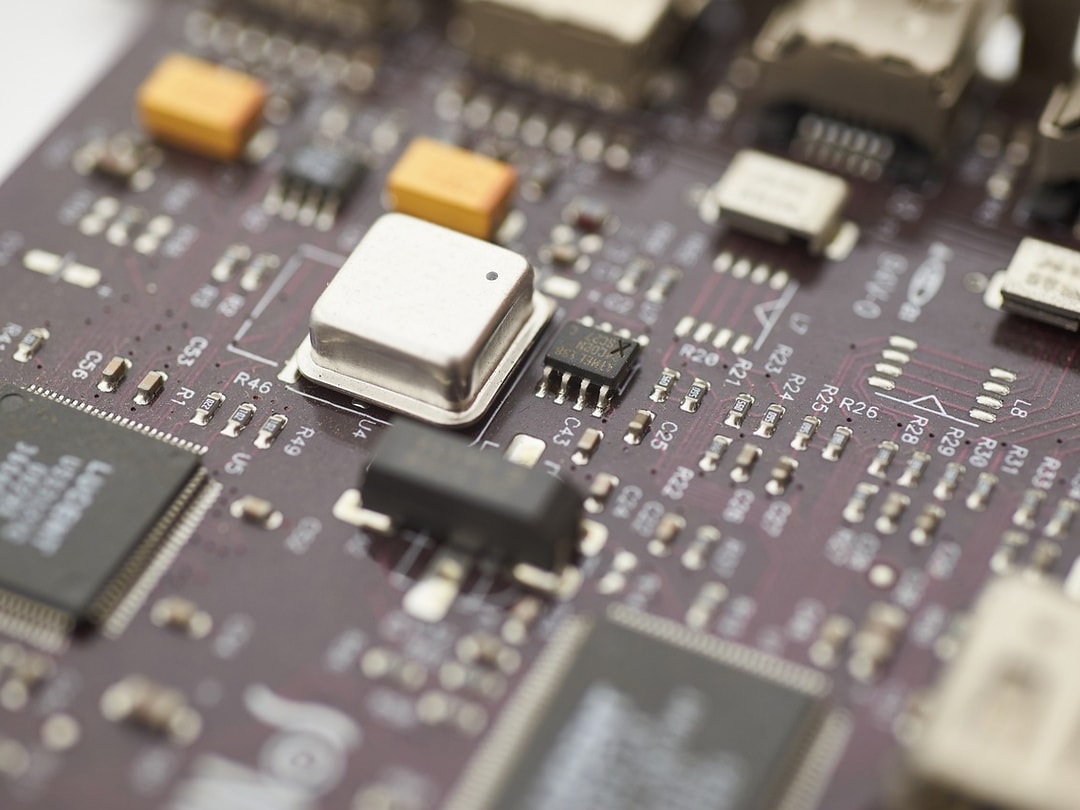

Nobody is perfect. Even the best oscillator doesn’t produce a perfectly clean output curve, but will deviate in frequency, time, and amplitude. These are known as jitter and phase noise. In this blog we look at those in detail.
An ideal digital oscillator would provide a uniform square wave signal. The time span between two pulses would always be the same, and the pulses always the same length. Predicting when the next pulse arrives would be easy and precise.
In practice, however, the signal is never one hundred percent clean; the pulses sometimes come too early or too late. This phenomenon is called jitter and can negatively affect the function of the circuit.
There are several types of jitter: period jitter, cycle-to-cycle jitter, peak-to-peak jitter and phase jitter. Each describes the same phenomenon from a different perspective. Consequently, it is not easy to compare the values of the individual types of jitter with each other.
When the output signal of an oscillator deviates in its frequency from the ideal form, we call it phase noise. Phase noise occurs due to the jitter, so both values are related to each other.
Low values of jitter and phase noise are relevant for a whole range of applications such as high-speed data processing and transmission, A/D-D/A converters, or radar systems. Too much jitter and phase noise can lead to signal attenuation and data loss; when adjacent signals influence each other, for example. Then the bit error rate (BER) increases.
Consider this practical example from positioning technology: A radar system that transmits electromagnetic waves into the atmosphere searches for the returning echo. Jitter on the carrier signal directly affects the accuracy of the position fix and consequently, the echo appears blurred on the display.
If an application requires a special phase jitter value specification, such as for telecommunications or broadcasting, this can also be determined from the phase noise profile.
Jitter and phase noise are important quality criteria to consider in circuit design - as are the other basics covered in this blog series, like the differences between quartz and oscillators. You can read all about that in our blog article All You Need to Know About Oscillating Crystals.
